For our last day in Tokyo, we visited the west side of the city to see the Meiji Shrine and walk around neighboring Harajuku. The two border each other (separated by the JR Yamanote line tracks) but couldn’t be more different.
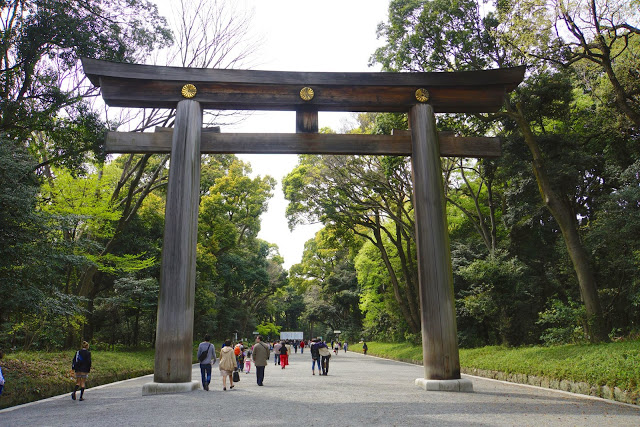
Meiji Shrine (aka Meiji Jingu) is located in a forest park. On Sunday, when we were there, it was crowded with tourists and families but still a peaceful world away from the rest of the city.Interestingly enough, this forest was created just a hundred years ago, starting from flat and treeless land, to surround the shrine built in honor of Emperor Meiji. I saw a fascinating NHK documentary on the project (unfortunately I can’t find it streaming online, but this article covers much of the info) that explained the donation of about 100,000 trees from all over Japan and the three stage process of developing the forest into natural woodland.
Today there are woodpeckers, goshawks, and all sorts of insects and fish and plants that don’t live anywhere else in Tokyo!
The forest serves as backdrop for the shrine itself, as well as enormous cypress torii gates, colorful displays of donated sake barrels, and the occasional kimono-clad visitor, there for a wedding or family photos.
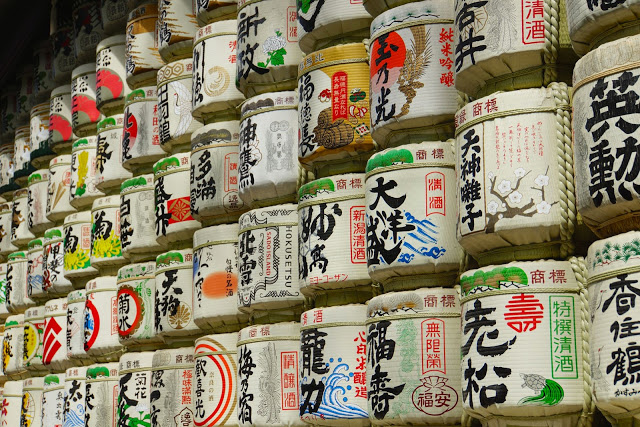
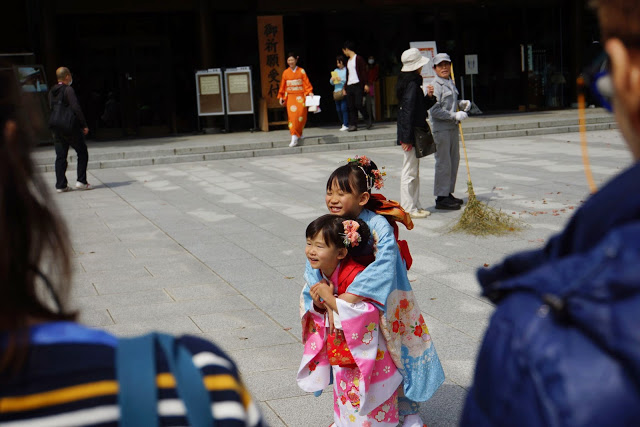
Literally on the other side of the tracks is Harajuku, the trendy young area spotlighted by Gwen Stefani. It was absolute wall-to-wall people, both teens and tourists, and definitely the most crowded part of Tokyo we saw (except metro stations at rush hour).
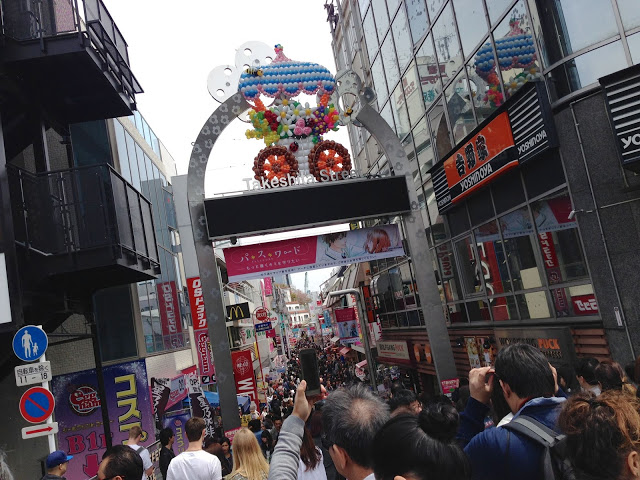
For lunch, we went to Afuri, a small chain with locations mainly in the west and southwestern areas of Tokyo, which is known for its yuzu ramen.
We arrived at the Harajuku location just before the lines really picked up, and were able to use our learnings from the Ramen Street ticket machine to our advantage here. First we joined the short line at the ticket machine and made our selections, then turned around and joined a different line to wait for seats. As more people arrived, the line extended out the front door and onto the sidewalk, and people waited until there was room to enter the shop before getting their tickets.


Our tickets were collected and after a short wait, we were shown to our seats. There are no tables – just a U-shaped counter with all the cooking taking place inside.One of the nice things about restaurants in Japan, including Afuri, is that they provide little mesh baskets (similar in shape to those you might use at the grocery store) to hold your bags and jacket under your chair, instead of having to put them directly on the floor. It’s very handy!
But back to the ramen.
I had the yuzu ramen, while D ordered a spicy dipping ramen that he chose based on the ticket machine photos.
My ramen was great – a more delicate flavor than the other versions we’d had around the city, with a hint of citrus. There was also half an egg, with the requisite beautiful orange yolk (and bits of yuzu rind arranged on top), bamboo shoots, a nori sheet, a slice of chashu pork, and chopped bitter greens. All in all, a lighter and healthier feeling ramen!


Afuri grills their pork to order on a tiny hibachi – it makes it a bit smoky inside the small restaurant, but the result is tasty.
It’s a bit out of the way compared to Ramen Street, but well worth the trip if you’re going to be around Harajuku, Shibuya, or Shinjuku.
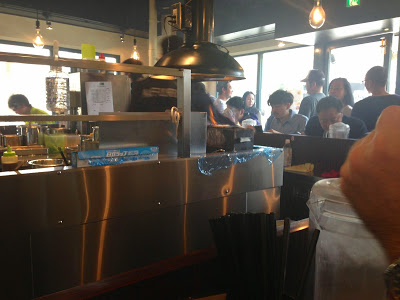

***
Tips on finding it: The Afuri we went to is located here, just a bit north of the Harajuku Yamanote line station and the entrance to Meiji Jingu. Google maps has all the Afuri locations but they’re mostly labelled in Japanese, so it can be a bit hit or miss to figure out which one you’re clicking on!
 Berry pavlovas
Berry pavlovas Aer Lingus
Aer Lingus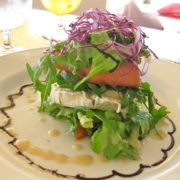 Jacala, Anguilla
Jacala, Anguilla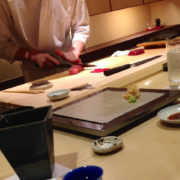 Ginza Iwa sushi, Tokyo
Ginza Iwa sushi, Tokyo